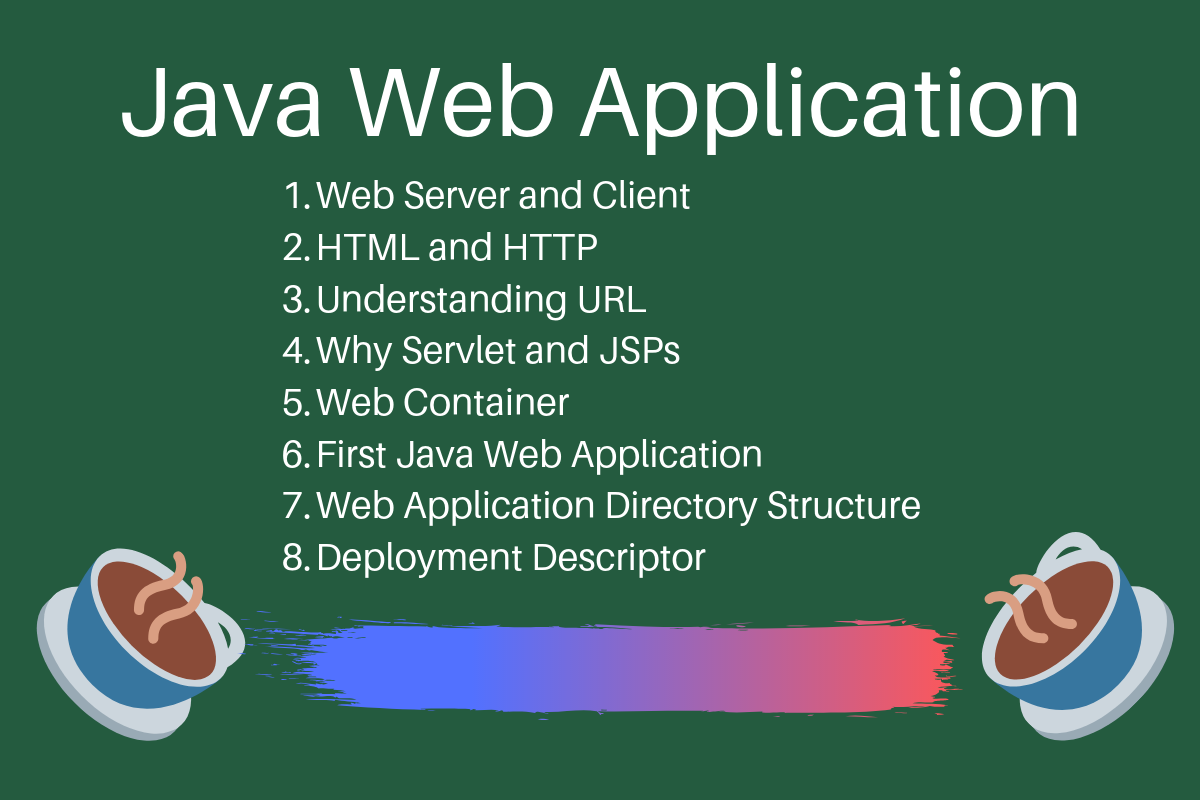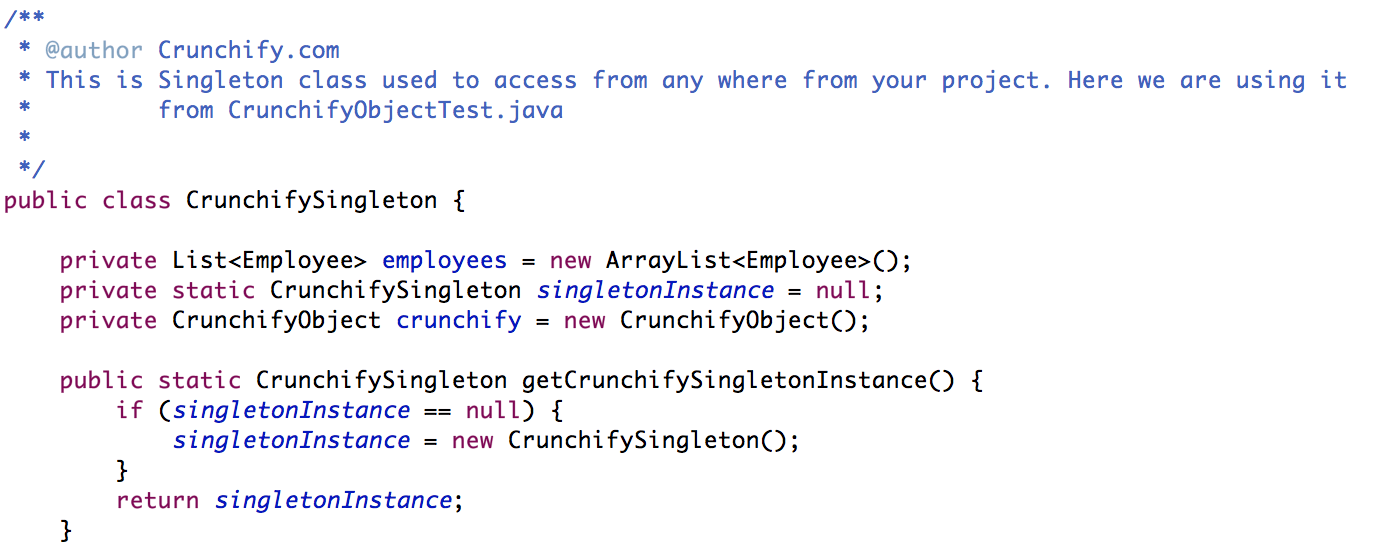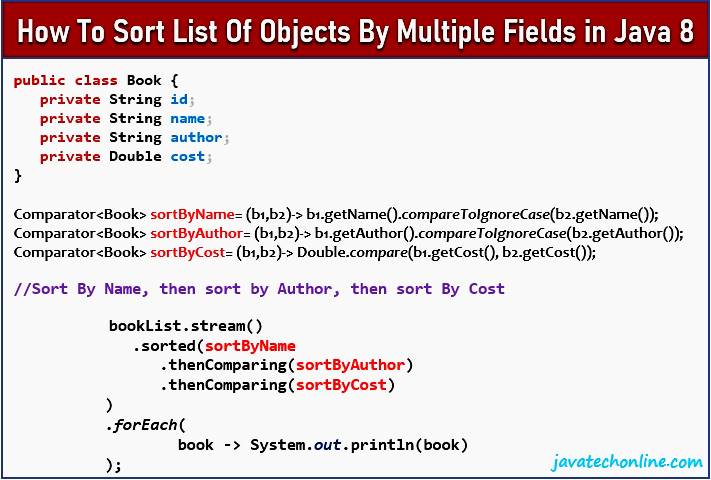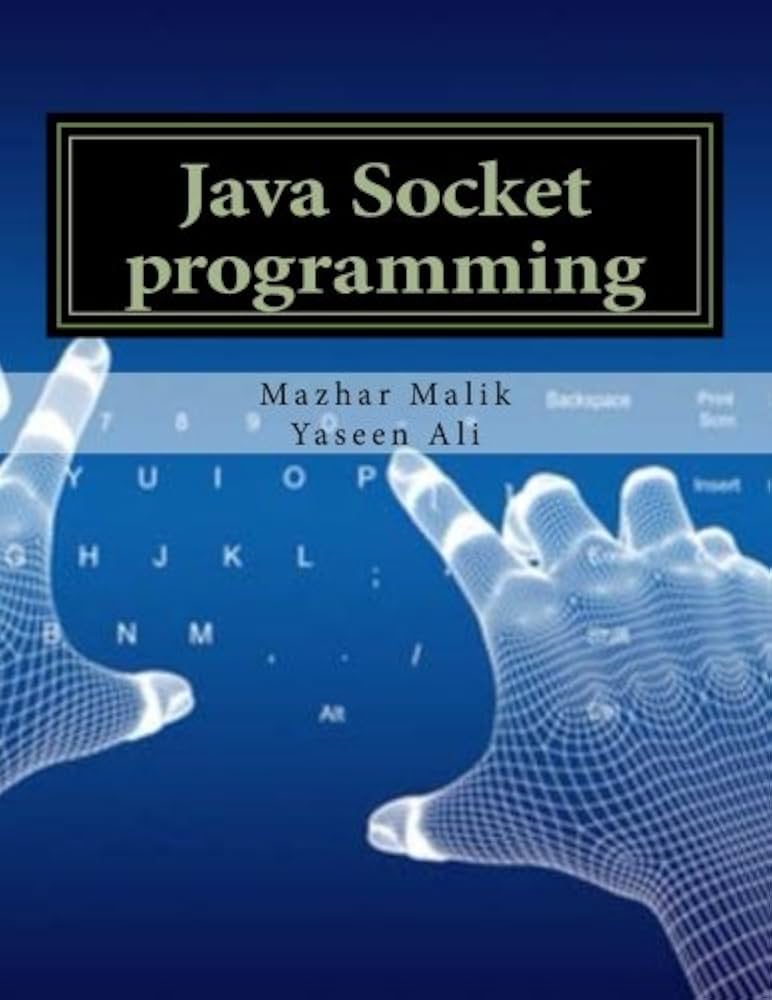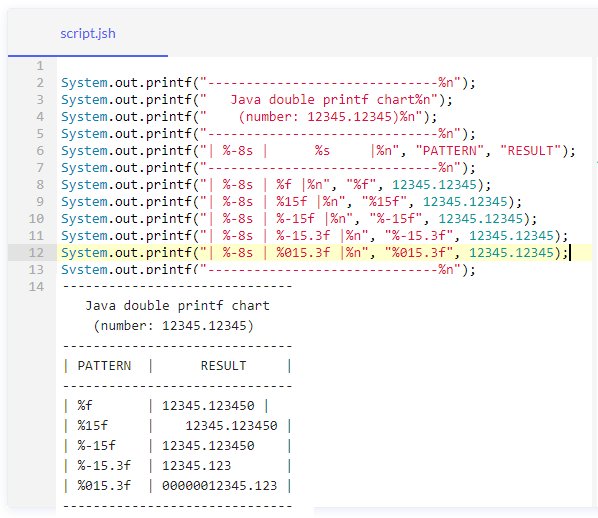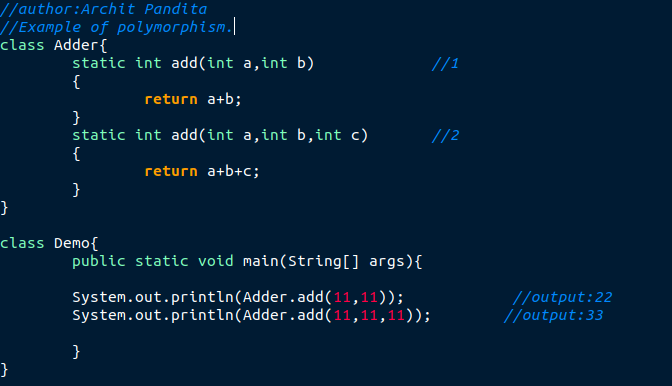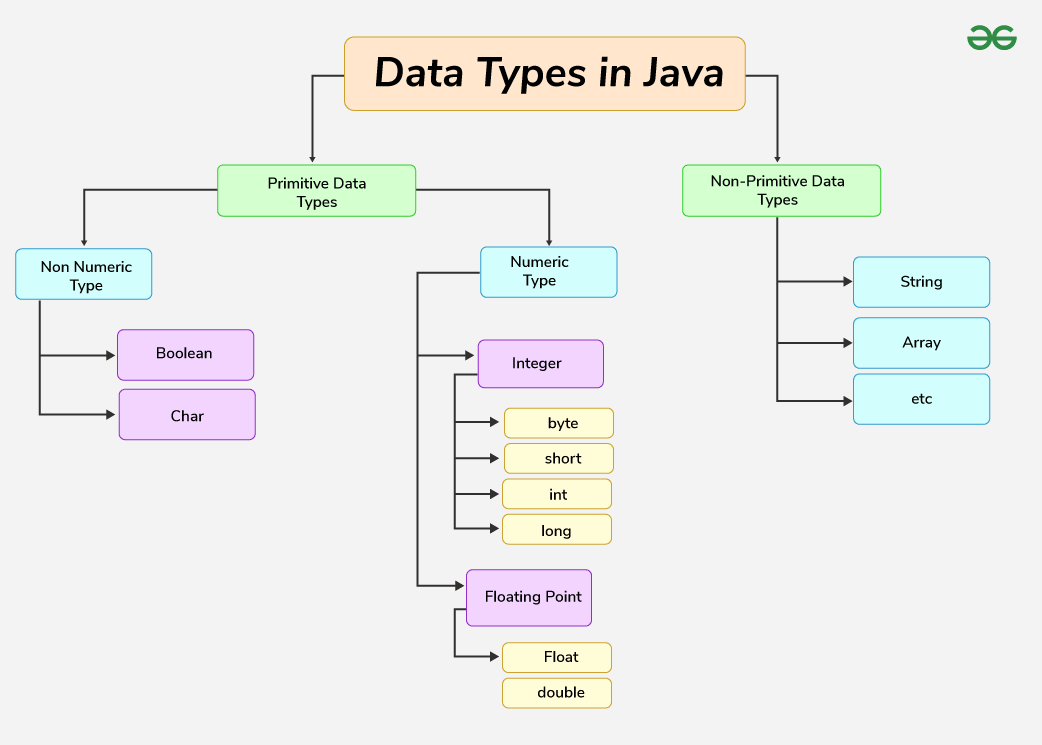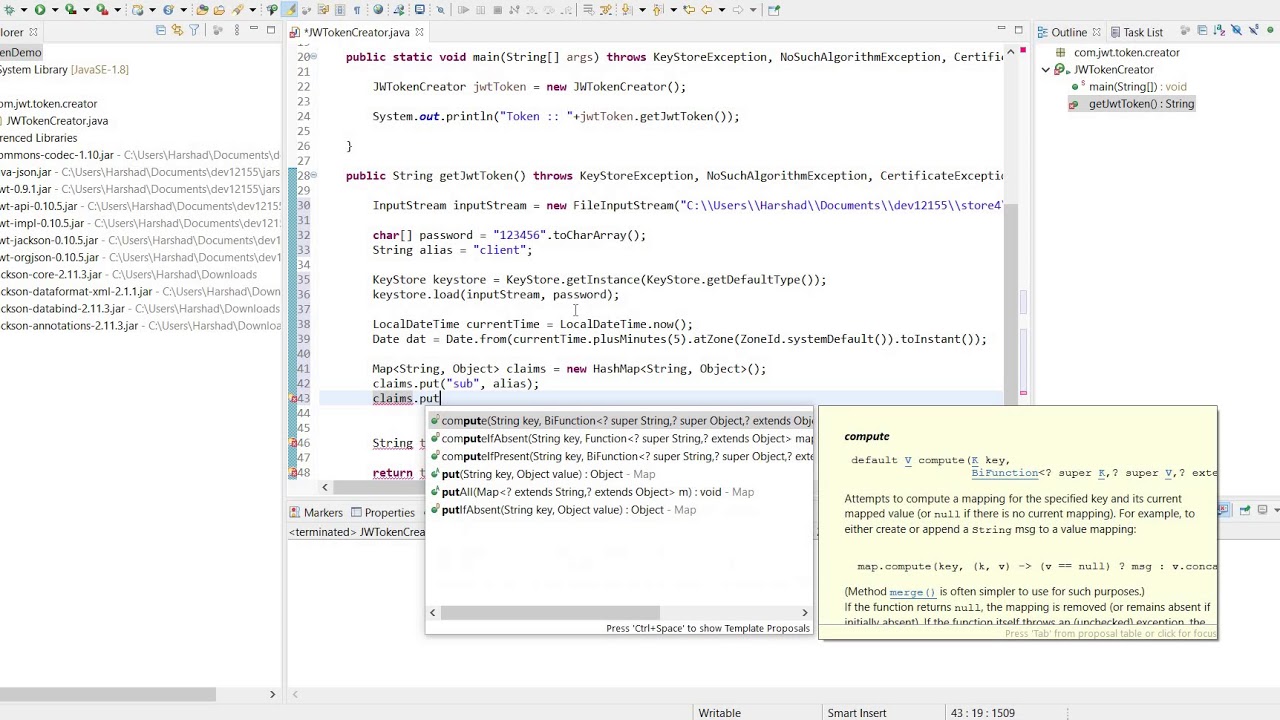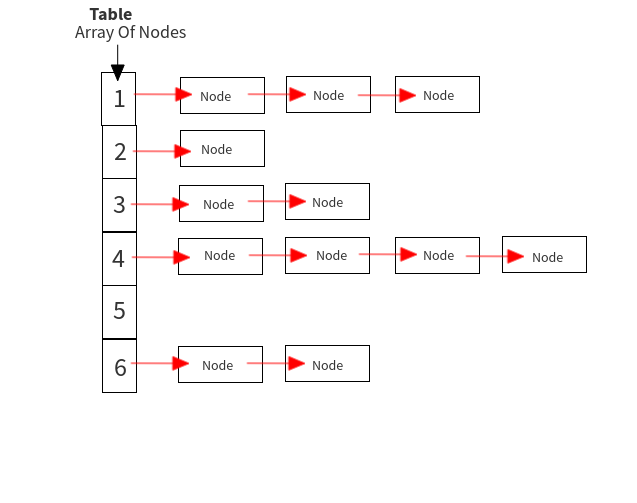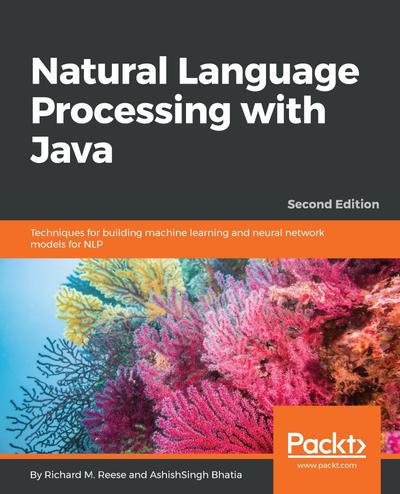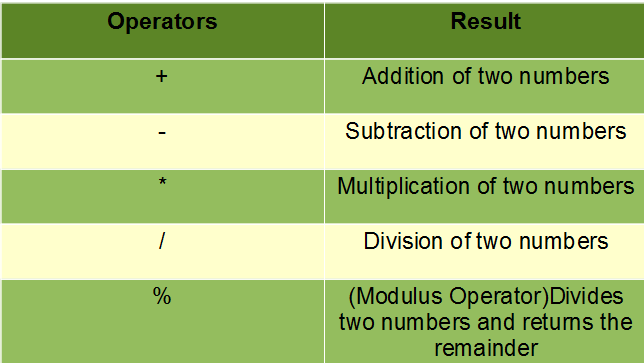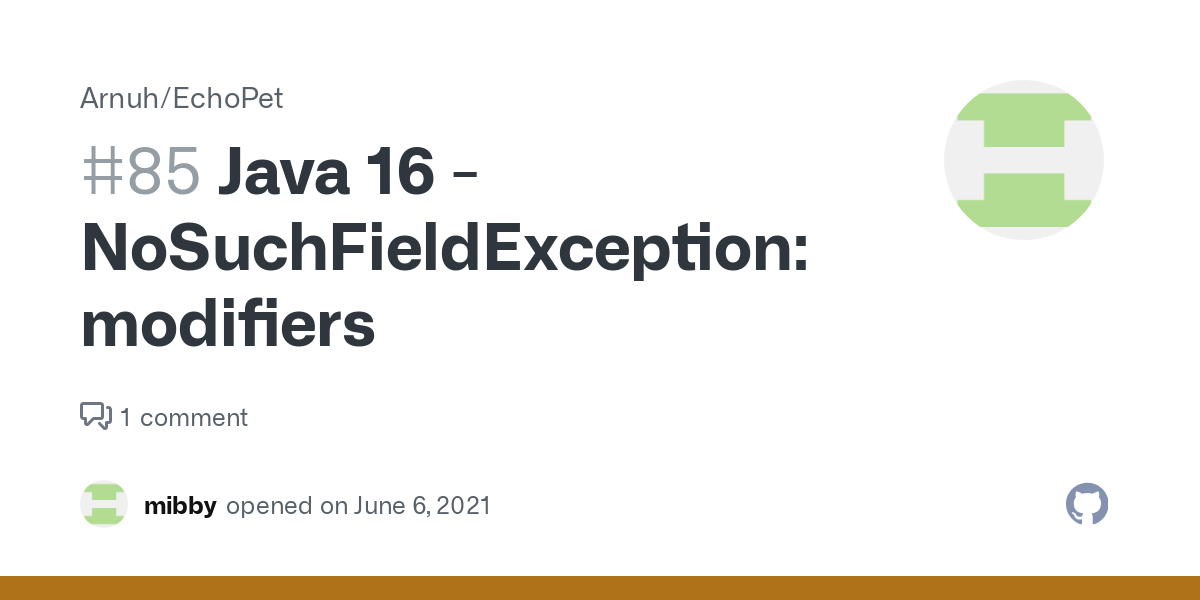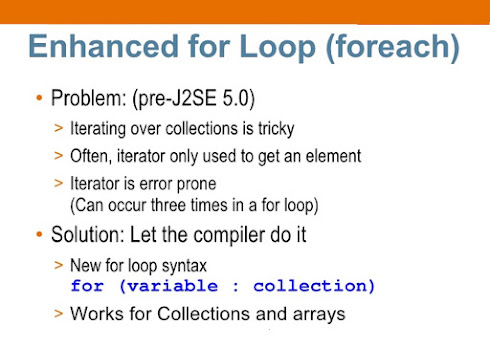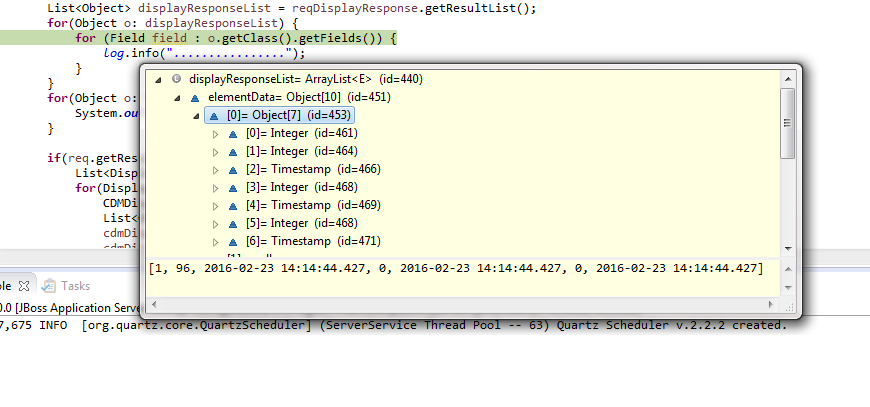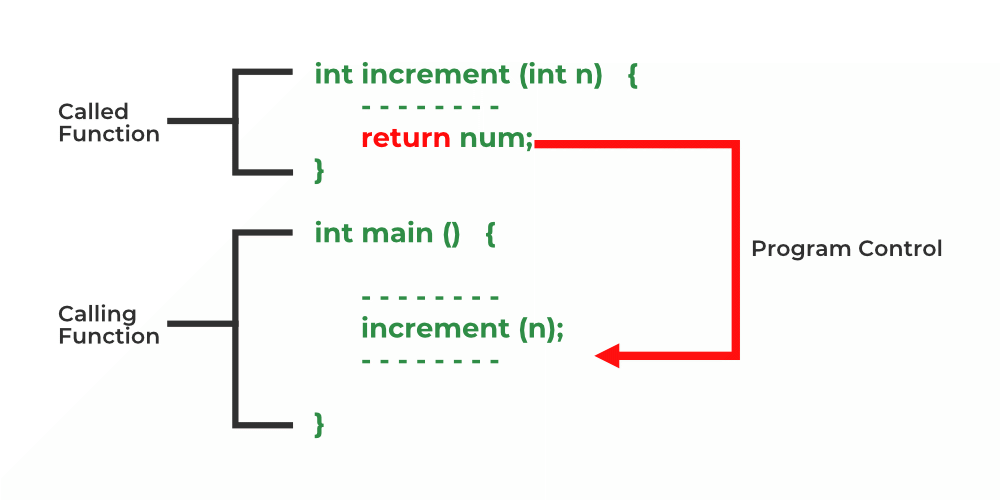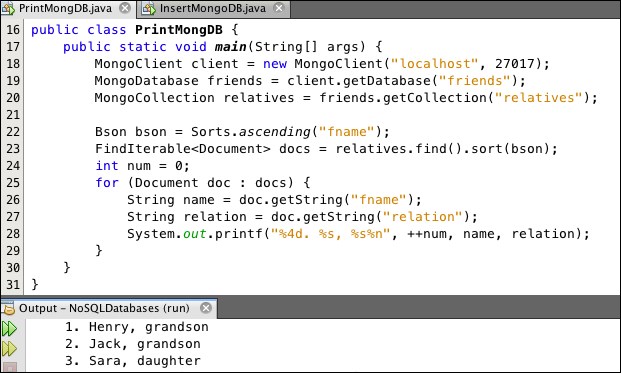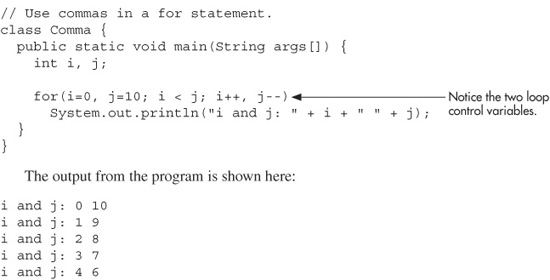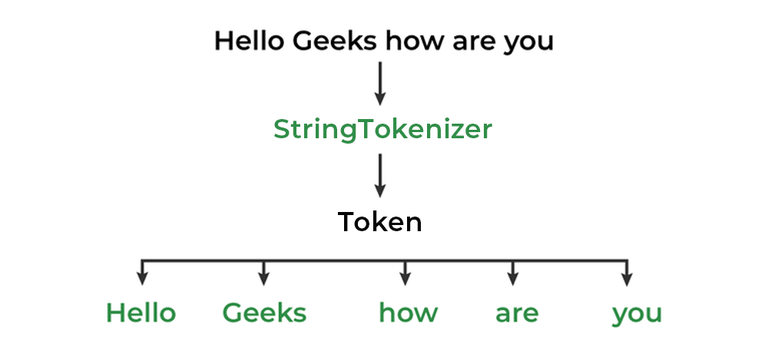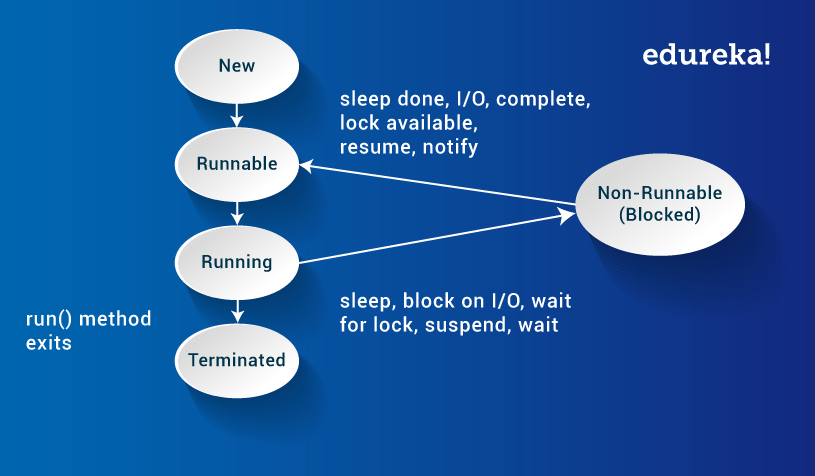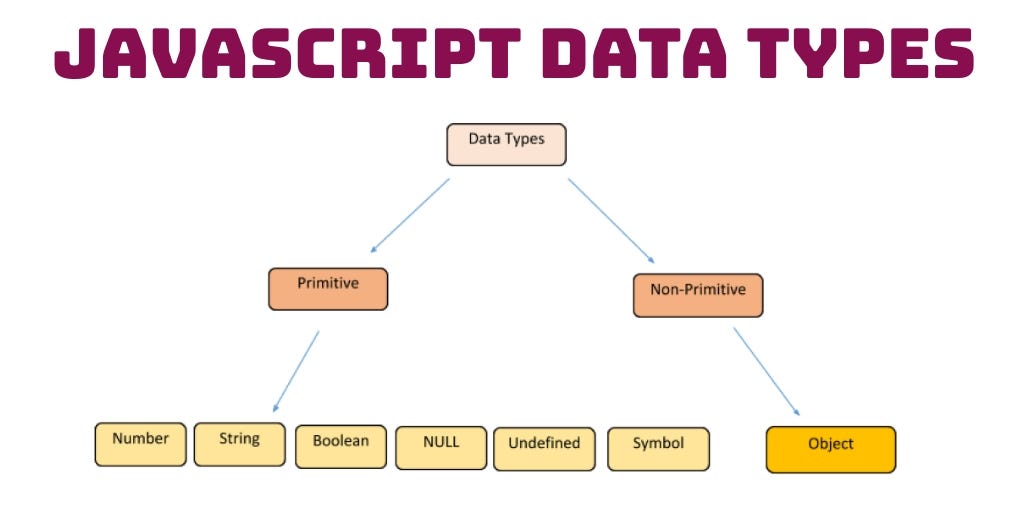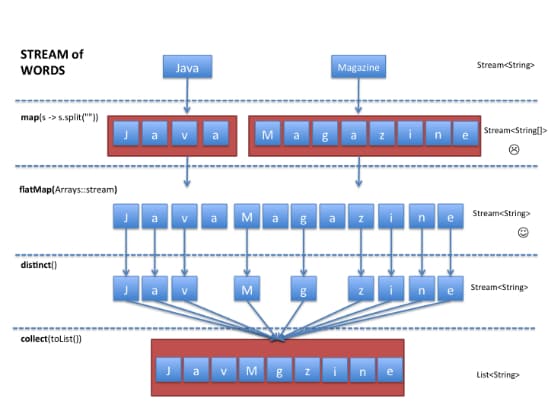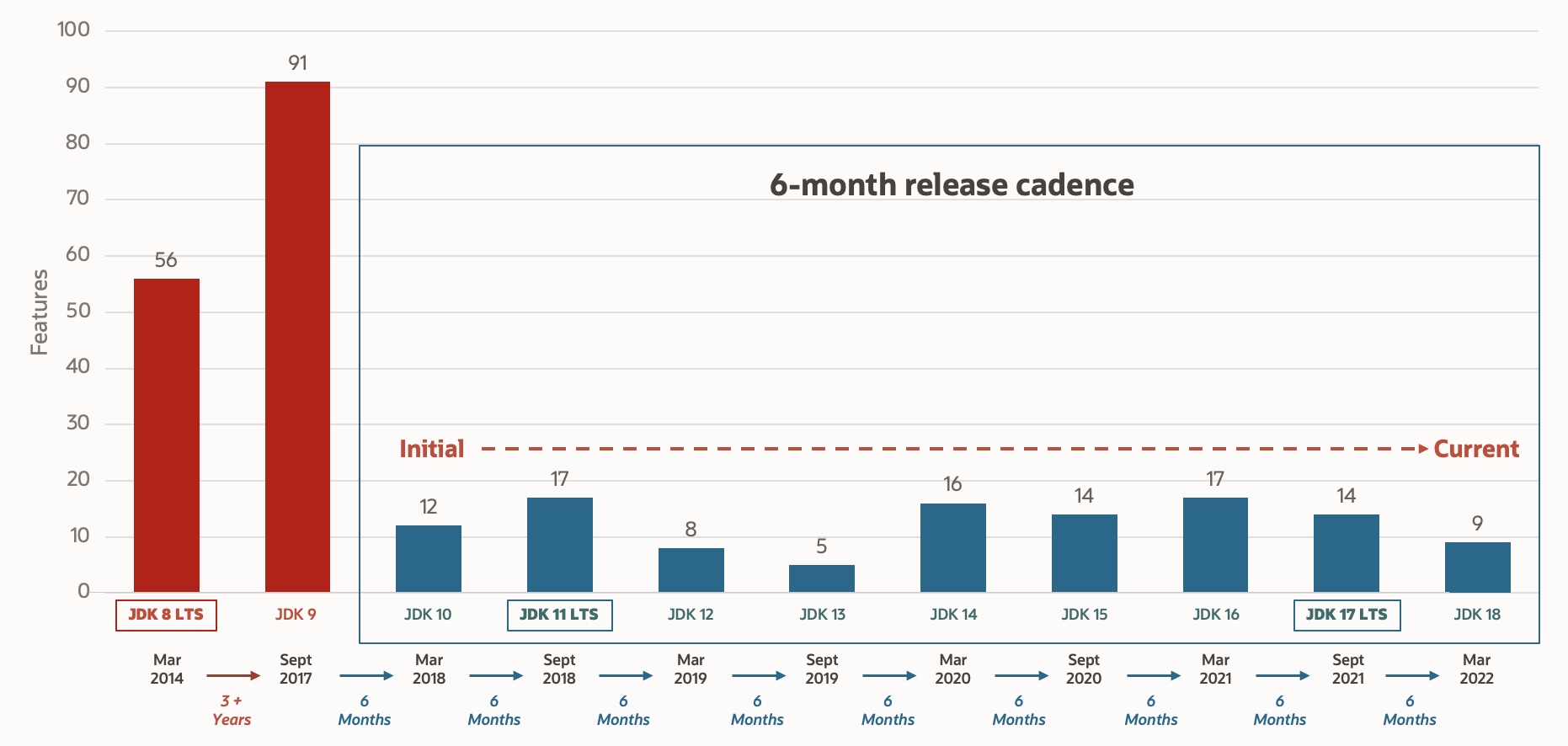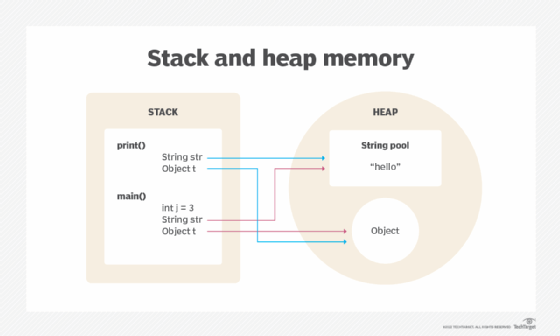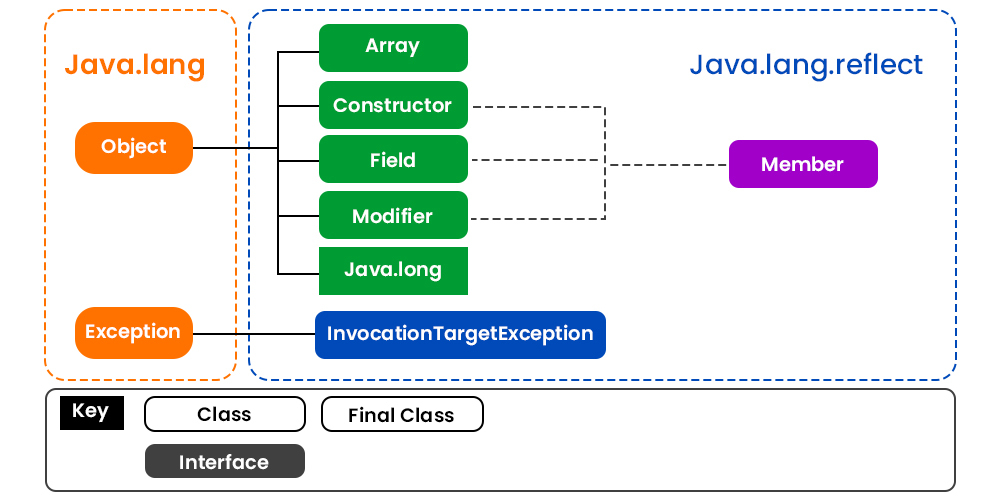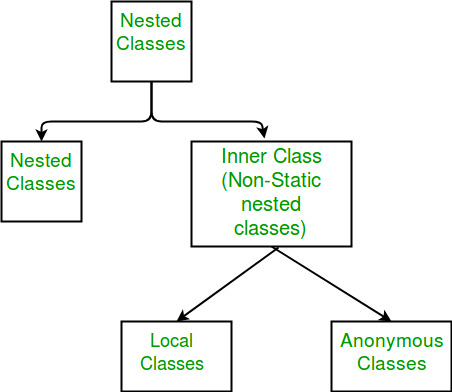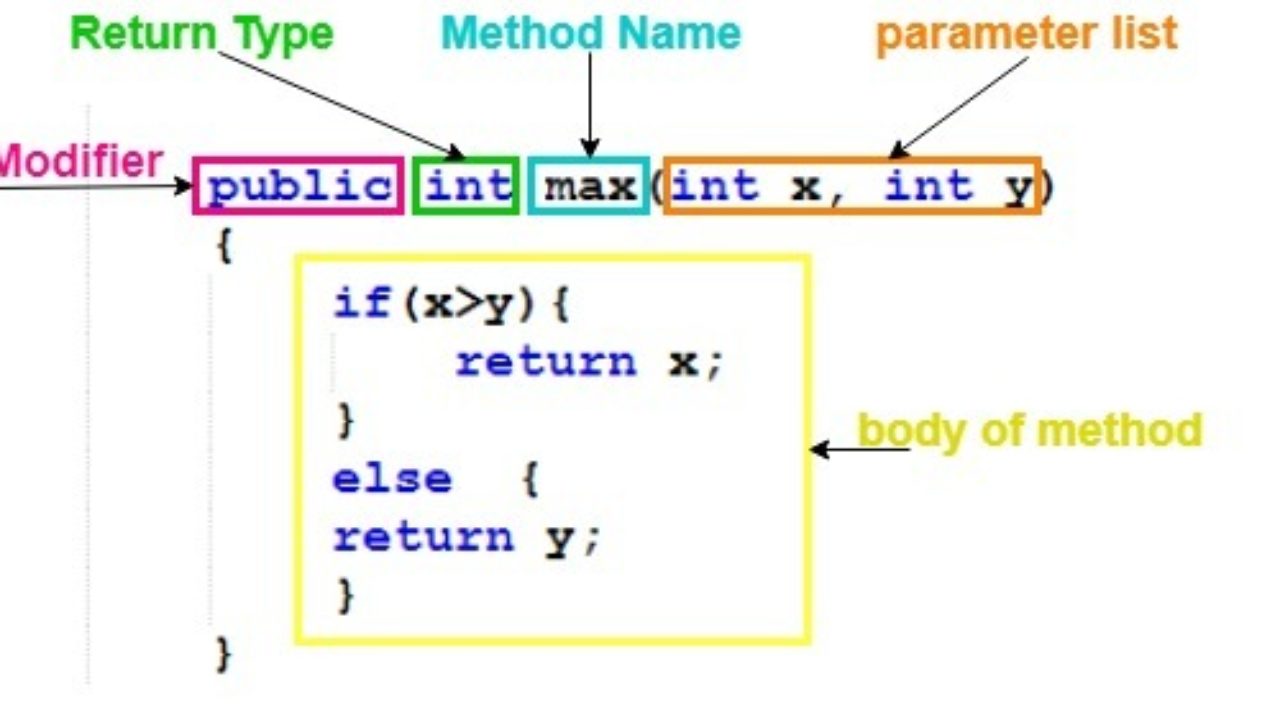What is dependency injection in Java interview questions?
What is dependency injection in Java interview questions?
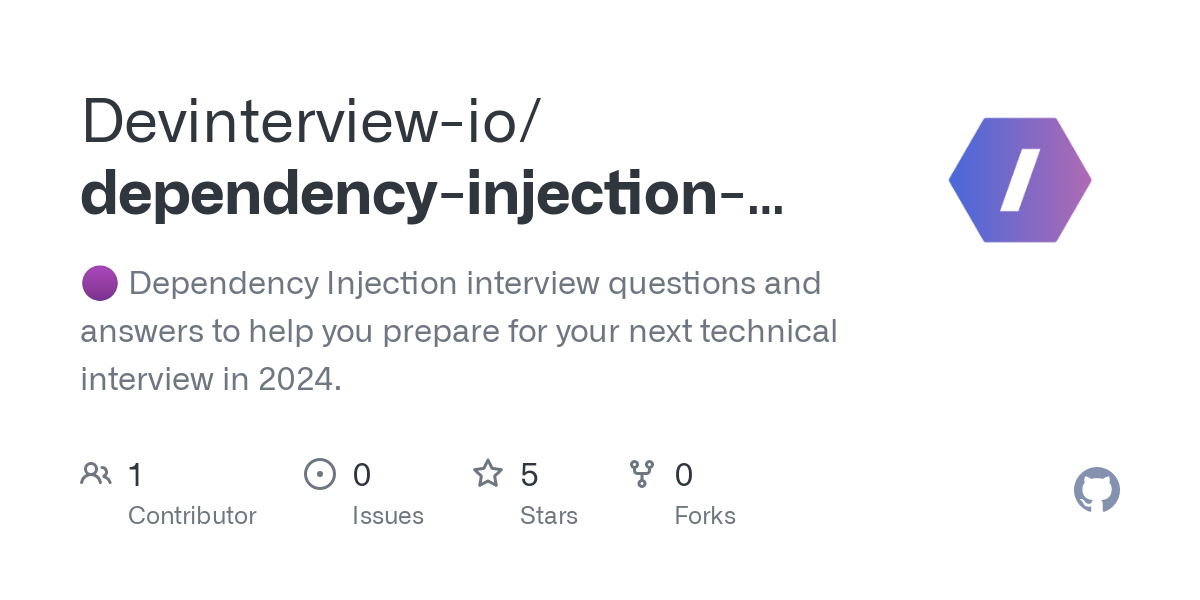
I'd be happy to explain what dependency injection is and provide some common interview questions related to this concept in Java.
What is Dependency Injection?
Dependency injection (DI) is a software design pattern that allows components to be loosely coupled, making it easier to test, maintain, and extend the system. In traditional coupling, objects are tightly connected through constructors or methods, which makes them hard to change independently. DI helps eliminate this tight coupling by injecting dependencies into an object, rather than having the object create its own dependencies.
In Java, DI is commonly implemented using frameworks such as Spring, Guice, and Google's Inject. It allows you to define interfaces for your dependencies and inject instances of those dependencies into your objects. This decouples your objects from their dependencies, making it easier to switch between different implementations or test them in isolation.
Common Interview Questions about Dependency Injection in Java
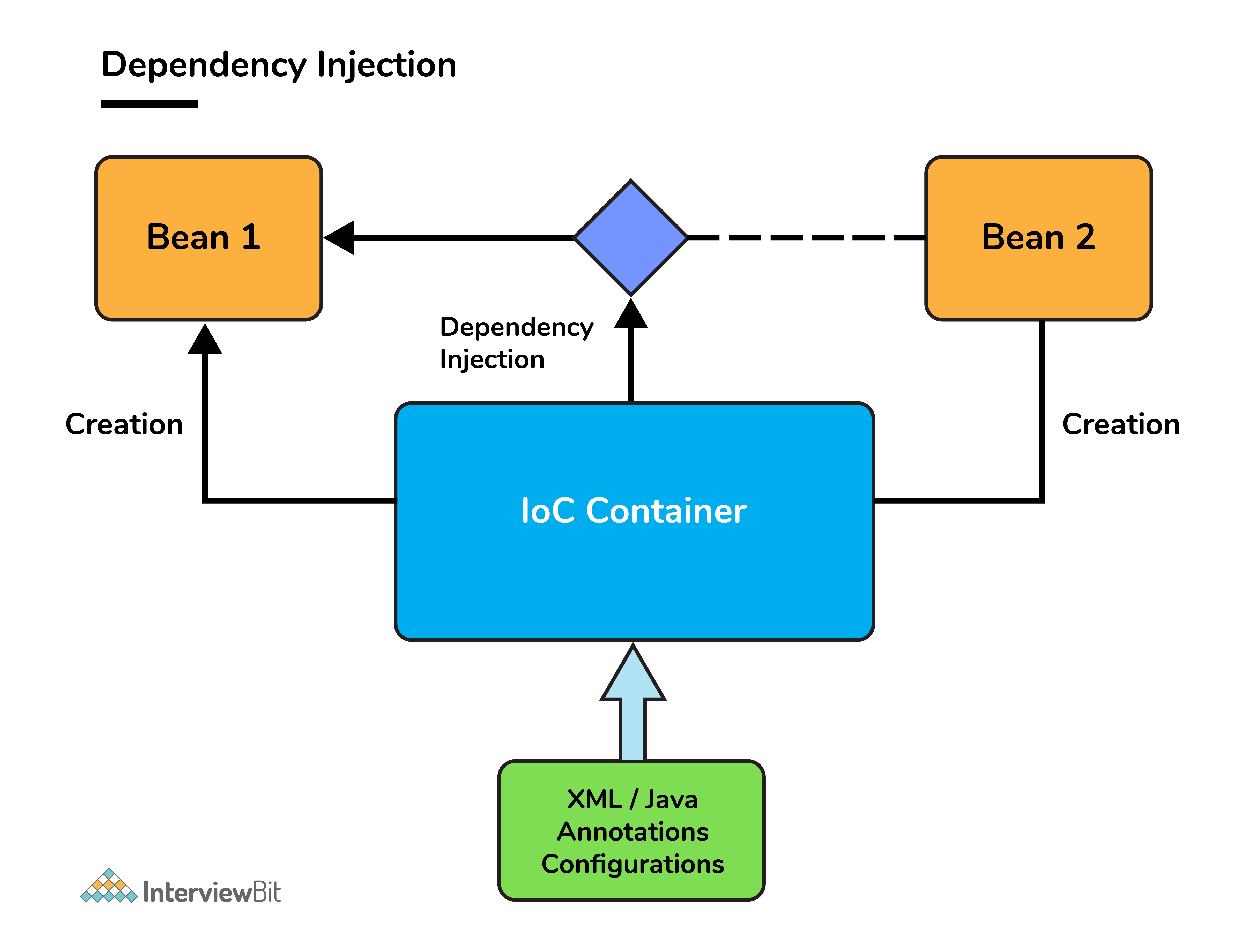
Answer: The primary goal of dependency injection in Java is to reduce coupling between objects by injecting dependencies rather than having them create their own.
How does Spring's @Autowired work in Java?Answer: Spring's @Autowired annotation allows you to inject dependencies into an object, making it easy to decouple objects from their dependencies and improve testability.
Answer: The key advantages of using DI in Java include improved maintainability, easier testing, and reduced coupling between objects.
Can you explain the difference between constructor injection and setter injection?Answer: In constructor injection, dependencies are passed to an object through its constructor. Setter injection involves setting dependencies on an object after it has been constructed.
How do you handle multiple constructors or no-arg constructors when using dependency injection in Java?Answer: You can use the @ Qualifier annotation or @Inject with a specific method to specify which constructor or setter to use for injection.
Answer: Interfaces play a crucial role in DI, as they define the contracts that objects must fulfill. This allows you to decouple your objects from their dependencies and switch between different implementations.
Can you provide an example of using Guice's @Inject annotation for dependency injection in Java?Answer: Yes, here is a simple example:
@Singleton
public class MyService {
@Inject
public MyService(Database database) {
// Use the injected database instance
}
}
Answer: To resolve circular dependencies, you can use a combination of @Provides and @Singleton annotations, along with careful consideration of your object's lifetimes.
Answer: Key best practices include using interfaces to define contracts, injecting dependencies through constructors or set methods, and minimizing the number of dependencies an object has.
How does dependency injection improve testability in Java?Answer: By decoupling objects from their dependencies, DI makes it easier to write unit tests for your code, as you can mock out dependencies and focus on testing individual components.
These questions and answers should provide a solid foundation for understanding dependency injection in Java.
dependency injection java geeksforgeeks
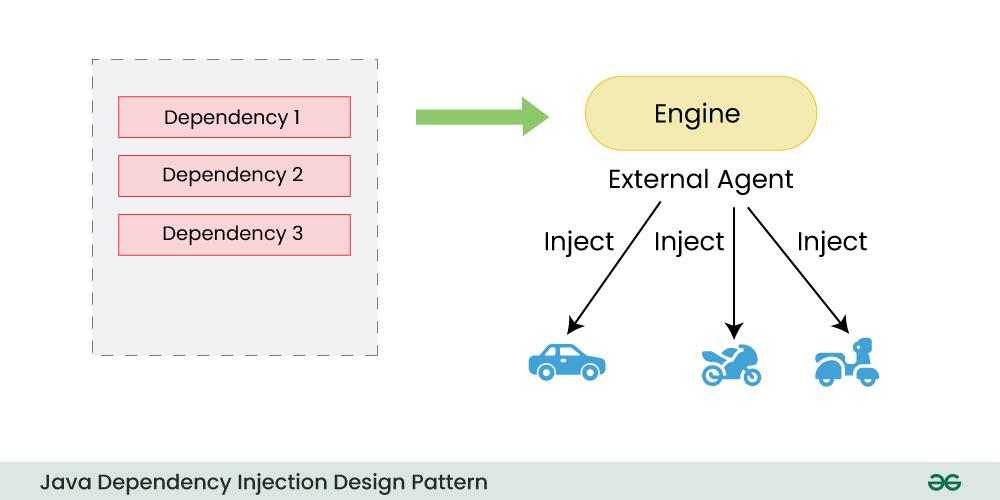
Dependency Injection in Java: A GeeksforGeeks Guide
As developers, we often find ourselves creating objects that depend on the existence of other objects to function properly. This can lead to tight coupling between these objects, making it difficult to test, maintain, and evolve our codebase over time. Dependency injection (DI) is a software design pattern that helps address this issue by decoupling dependent objects from each other.
What is Dependency Injection?
Dependency injection is a technique where one object provides another object with the dependencies it needs to function correctly. In other words, instead of an object creating its own instances of dependent objects, it receives these instances from an external source, often referred to as a "dependency injector."
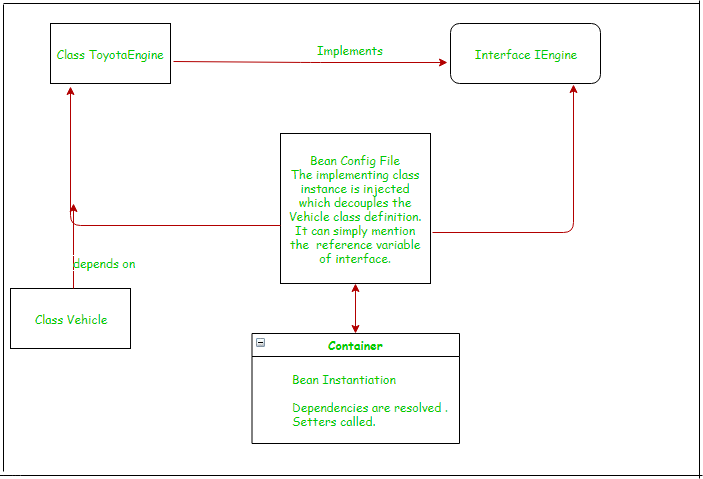
In Java, we can achieve dependency injection using various frameworks and libraries. One popular approach is to use constructor injection, where the dependent object is passed as an argument to the constructor of another object.
Constructor Injection in Java
Here's an example of how you might implement constructor injection in Java:
public class Car {private Engine engine;
public Car(Engine engine) {
this.engine = engine;
}
}
public class Engine {
// implementation details...
}
// Usage
Car car = new Car(new Engine());
In this example, the Car object depends on an instance of the Engine class to function. Instead of creating its own Engine instance, the Car object receives it as an argument in its constructor.
Setter Injection in Java
Another approach is setter injection, where a dependent object sets its dependencies through setter methods:
public class Car {private Engine engine;
public void setEngine(Engine engine) {
this.engine = engine;
}
}
public class Engine {
// implementation details...
}
// Usage
Car car = new Car();
car.setEngine(new Engine());
In this case, the Car object provides a setter method for its engine field, which is set to an instance of the Engine class.
Advantages of Dependency Injection
By using dependency injection in Java, you can enjoy several benefits:
Decoupling: Dependent objects are no longer tightly coupled, making it easier to test and maintain code. Testability: With DI, you can easily mock dependent objects for unit testing purposes. Flexibility: You can swap out different implementations of the same dependency without affecting the dependent object's behavior.Popular Java Frameworks for Dependency Injection
Some popular frameworks that support dependency injection in Java include:
Spring Framework: Spring provides a comprehensive DI framework, including constructor and setter injection. Google Guice: Guice is another popular DI framework for Java that supports both constructor and setter injection. Apache Commons: The Apache Commons project offers several libraries for DI, including thecommons-beanutils library.
Conclusion
In this article, we explored the concept of dependency injection in Java, a technique that helps decouple dependent objects and improves code maintainability and testability. We also touched on popular Java frameworks that support DI, such as Spring, Guice, and Apache Commons. By embracing DI, you can write more robust and flexible software systems that are easier to evolve over time.
